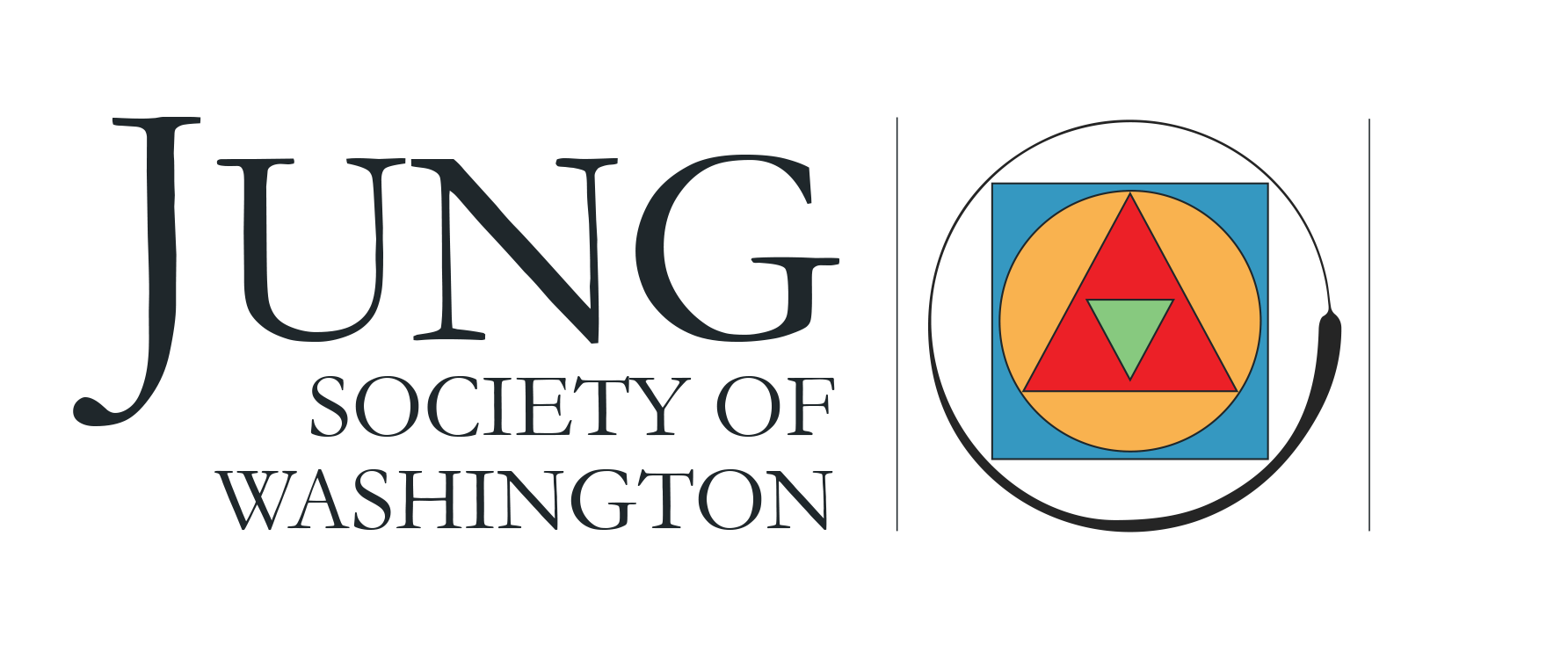WHAT MIGHT JUNG SAY?"As far as we can discern, the sole purpose of human existence is to kindle a light in the darkness of mere being." – C. G. Jung, Memories, Dreams, Reflections Welcome to the Jung Society of Washington's blog. Here you'll find posts by our speakers on topics ranging from interpretations of Jung's works to comments on events from a Jungian perspective, and so much more. We hope you will enjoy reading our blog. If you are moved by a post, we encourage you to share your thoughts and feelings. Your ideas are important to our community. We do, however, reserve the right to delete any inappropriate comments. How can I comment on a post?Next to a Blog title you will see a blue square with three dots inside. Please click on it and leave us a comment. |
